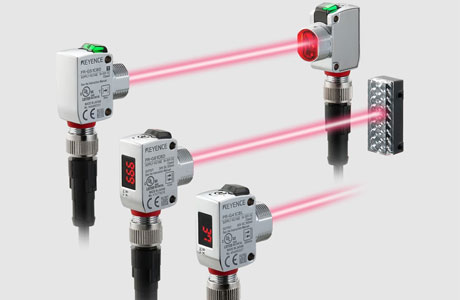Key Takeaway
The photoelectric effect occurs when light hits a metal surface, causing it to release electrons. This process proves the particle nature of light and is a key concept in quantum physics.
Applications of the photoelectric effect include solar panels, where sunlight generates electricity, and photoelectric sensors that detect changes in light. It’s also used in scientific devices like photomultipliers and photodiodes.
Defining the Photoelectric Effect: How Light Produces Electric Current
The photoelectric effect occurs when light hits a material and releases electrons, generating an electric current. It’s a simple yet powerful concept. When photons—particles of light—strike a surface, they transfer their energy to the electrons in the material. If the energy is high enough, the electrons escape from the material, creating an electric current.
Think of it as sunlight hitting a solar panel. The panel absorbs light, and that energy knocks loose electrons, creating a flow of electricity. This effect, discovered by Heinrich Hertz and later explained by Albert Einstein, is what fuels much of the technology we rely on today, from solar panels to photoelectric sensors. In industrial environments, understanding this process is crucial to harnessing its potential.

The Scientific Principles Behind the Photoelectric Effect
The photoelectric effect is a foundational concept in quantum mechanics, one that breaks away from traditional physics. The key here is frequency—not intensity. High-frequency light, like ultraviolet, carries more energy to dislodge electrons than lower-frequency light, such as red or yellow. This directly challenged the classical belief that increasing light intensity would always increase electron emission. It doesn’t. It’s the frequency that matters.
For engineers stepping into the industry, this principle might seem abstract at first, but it’s central to a wide array of modern technologies. Understanding this helps connect the dots between theoretical physics and practical applications. By grasping the nuances of this theory, you’ll find yourself better equipped to work with industrial tools that rely on the photoelectric effect. It’s a direct bridge between quantum theory and real-world tech.
Industrial Applications of the Photoelectric Effect
In automation-heavy industries, the photoelectric effect plays a crucial role, especially in sensor technology. Photoelectric sensors, often used in manufacturing, detect objects by emitting a beam of light. When something interrupts that beam, the sensor responds, sending signals to the system. Whether it’s counting items on a conveyor belt or ensuring safety in hazardous environments, these sensors make processes more efficient and precise.
But the reach of the photoelectric effect doesn’t stop there. In solar technology, photovoltaic panels utilize this principle to convert sunlight into electricity. It’s an efficient, clean source of energy that is helping industries lower their carbon footprints. For a new engineer, understanding both these applications is key to leveraging the full potential of this technology in the modern industrial landscape.
The Role of the Photoelectric Effect in Modern Sensor Technology
Photoelectric sensors are indispensable in today’s industrial environments. Their ability to detect objects quickly and without contact makes them highly efficient and versatile. They’re especially useful in situations where contact sensors might wear out or get damaged. For instance, in industries dealing with fragile materials, the non-contact nature of photoelectric sensors ensures that the products remain intact while still achieving precision.
Another exciting advancement is the integration of photoelectric sensors with modern industrial control systems. Now, these sensors don’t just detect objects; they also communicate in real-time, providing data that can be analyzed for improving efficiency. For newly joined engineers, understanding this evolution of sensors will be crucial to staying ahead in the tech-driven world of manufacturing and automation.
Key Benefits of Using the Photoelectric Effect in Various Fields
The use of the photoelectric effect offers numerous benefits across industries. In automation, photoelectric sensors stand out due to their long-lasting performance and minimal maintenance needs. Since they don’t require physical contact to detect objects, they avoid the wear and tear associated with mechanical sensors. This leads to lower operational costs and higher efficiency in the long run.
In the energy sector, solar panels utilizing the photoelectric effect provide a clean and sustainable energy source. As industries increasingly focus on reducing their carbon footprint, solar technology has become more important than ever. For engineers, knowing the diverse applications of the photoelectric effect—from sensors to solar energy—opens up opportunities to innovate and improve processes, making a real impact in today’s energy-conscious world.
Conclusion
The photoelectric effect is more than just a theoretical concept—it’s a vital component in advancing modern technology across multiple sectors. Whether enabling the precise functioning of manufacturing sensors or powering renewable energy through solar panels, this effect underpins key innovations. Engineers must grasp its principles to unlock new possibilities for efficiency and sustainability in today’s rapidly evolving industries. By harnessing the photoelectric effect, we can drive transformative solutions that not only optimize current processes but also contribute to a greener, more technologically advanced future.
